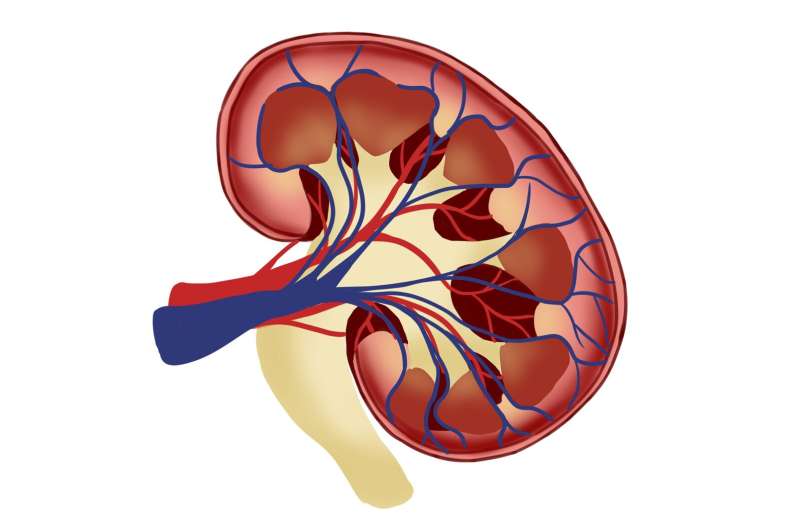Recent advancements in cancer treatment technologies have led to the development of a novel mass-production technique for polymer-coated nanoparticles that deliver therapeutic drugs directly to tumors. This innovative approach, reported by researchers at the Massachusetts Institute of Technology (MIT), aims to minimize the side effects commonly associated with traditional chemotherapy while maximizing the therapeutic benefits of these nanoparticles.
Background on Nanoparticle Technology
Over the past decade, MIT Institute Professor Paula Hammond and her team have pioneered methods using layer-by-layer assembly to create nanoparticles capable of delivering cancer drugs effectively. Early studies showcased the potential of these particles, particularly in mouse models of ovarian cancer, demonstrating promising therapeutic outcomes.
However, the commercial viability of such technologies necessitates scalable manufacturing processes. Hammond discusses the progress made, emphasizing, “There's a lot of promise with the nanoparticle systems we've been developing, and we've been really excited more recently with the successes that we've been seeing in animal models for our treatments for ovarian cancer in particular.”
A Streamlined Production Process
Traditionally, the manufacturing of these nanoparticles was a time-consuming process involving multiple steps, including centrifugation after each polymer application to remove excess material. To address these challenges, the researchers have developed a microfluidic mixing device that allows for rapid sequential layering of polymers directly in a microchannel.
This method enhances efficiency by calculating the exact amount of polymer needed for each layer, thus eliminating the extensive purification steps that were previously required. According to the researchers, this is critical because the purification process can be costly and logistically challenging, due to its time-intensive nature.
Benefits of the Microfluidic Approach
- Increased Production Speed: This technique enables the production of approximately 15 milligrams of nanoparticles, sufficient for about 50 doses, within a few minutes. In contrast, the original method required close to an hour for the same yield.
- Simplified Manufacturing: By integrating good manufacturing practice (GMP)-compliant processes, the microfluidic device minimizes the likelihood of operator error and allows for consistent product quality.
- Scalability: The microfluidic method allows for continuous running of production, significantly simplifying the scaling process necessary for clinical applications.
Performance and Efficacy of Nanoparticles
In a recent study, the research team utilized the updated manufacturing technique to produce nanoparticles loaded with a cytokine known as interleukin-12 (IL-12). Prior research had indicated that IL-12 can activate key immune cells and inhibit tumor growth. The findings supported that the new IL-12-loaded particles performed comparably to the original layer-by-layer nanoparticles in activating immune responses.
Moreover, these nanoparticles selectively bind to cancer tissue without entering the cancer cells, serving as markers that could enhance local immune system activation within tumors. These findings are encouraging, particularly in mouse models of ovarian cancer, where treatment resulted in tumor growth delays and even complete cures.
Future Directions and Commercialization Efforts
Excited by the potential applications of their work, the research team is moving forward with commercialization strategies. They have filed for a patent on this innovative technology and are collaborating with MIT's Deshpande Center for Technological Innovation to explore the possibility of launching a startup focused on these nanoparticles.
While the initial focus is aimed at treating abdominal cancers, such as ovarian cancer, \the flexibility in the technology may pave the way for applications in a broader range of cancers, including more challenging types like glioblastoma.
Conclusion
The researchers' breakthroughs in nanoparticle manufacturing mark a significant advance in the field of cancer treatment, with potential implications that extend far beyond the immediate scope of their study. Given the rapid development capabilities associated with their microfluidic device, the prospect of translating these findings into clinical settings is more achievable than ever.
References
| Author(s) | Title | Source | Year |
|---|---|---|---|
| Pires, I. S., et al. | High-Throughput Microfluidic-Mediated Assembly of Layer-By-Layer Nanoparticles | Advanced Functional Materials | 2025 |
| Hammond, P., Irvine, D. | Polymer Nanoparticles for Targeted Cancer Therapy | MIT News | 2025 |
For further reading, visit this link to explore the detailed study published on the MIT News website.













Discussion